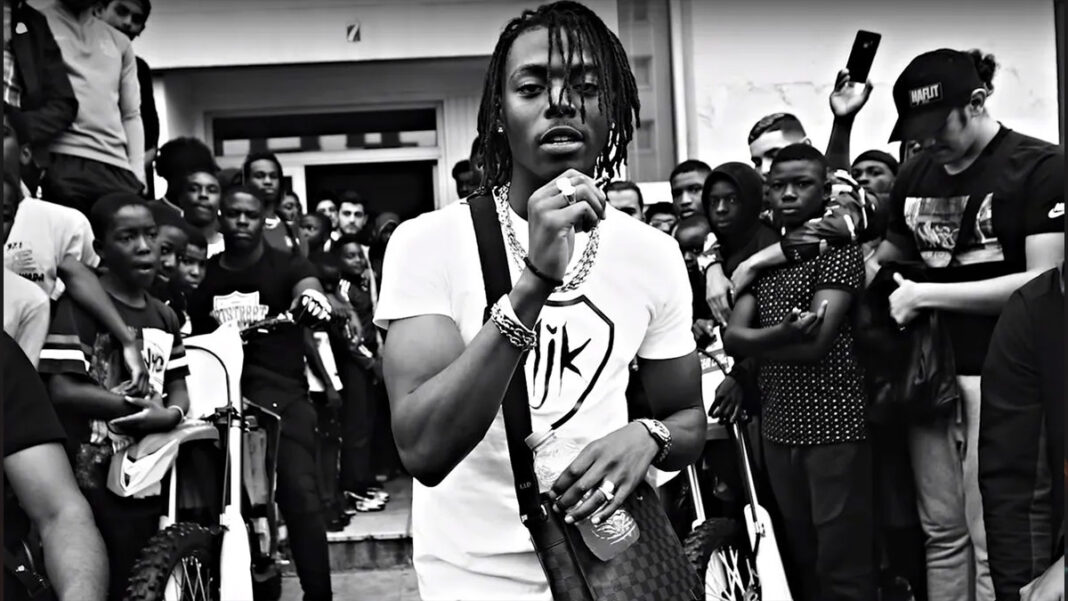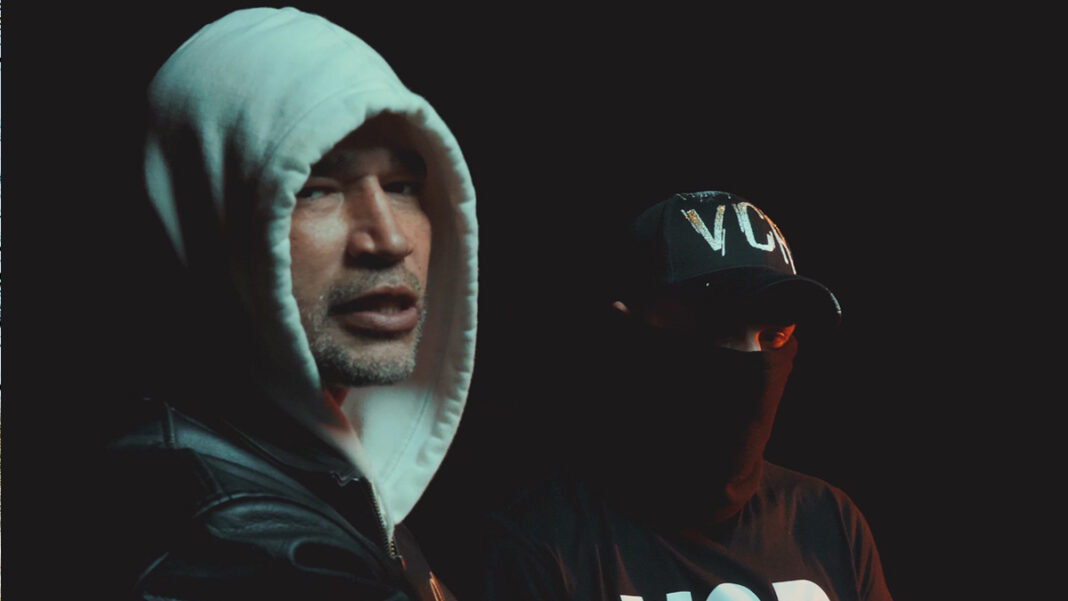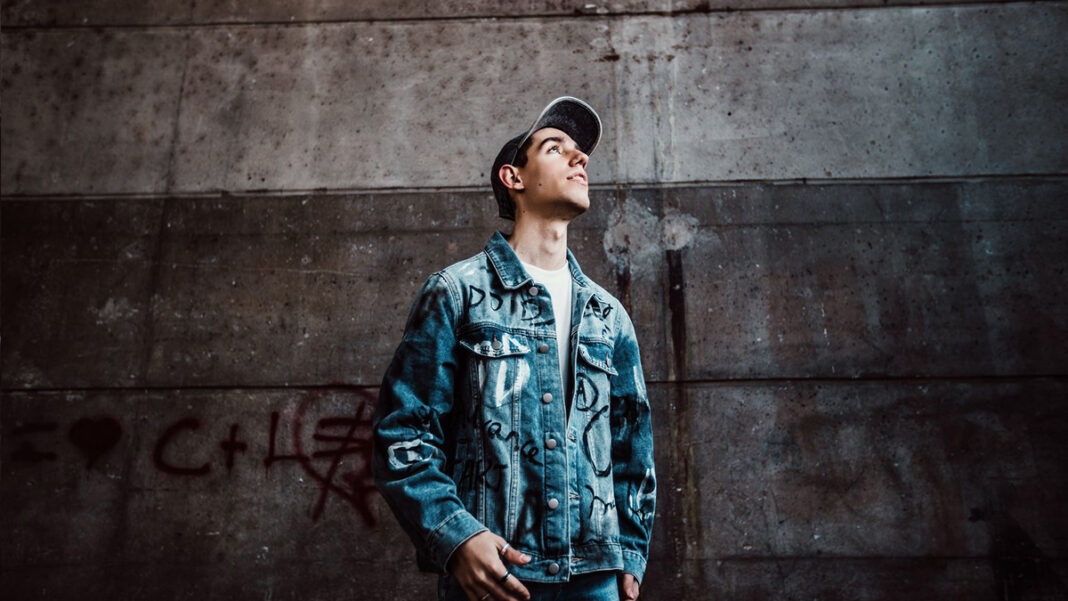Rap and Organized Crime: A Link Imagined, Contested, or Real?
From its inception, rap has served as a mirror to the streets, exposing raw life stories and social tensions. But in recent years, a persistent question has emerged: is there a genuine connection between rap and organized crime? Is it a real bond, built on facts? A fantasized image, crafted by artists themselves? Or perhaps a bit of both? To explore this issue, we need to examine it through three lenses: the imagined link, the contested link, and the real link.
1. The Imagined Link: Crime as an Aesthetic Choice
Rap is far from a monolithic genre. It spans conscious rap, urban pop, afro-trap, drill… and a very specific subgenre: gangsta rap. This style draws directly from street codes, gangster stories, and a cinematic sense of storytelling.
Back in the 1990s, the Wu-Tang Clan laid the foundation for this aesthetic with their cult album Enter the Wu-Tang (36 Chambers), blending street poetry with kung-fu mythology and mafia imagery. In France, this legacy continues through projects like Pucc. Fiction by Oxmo Puccino, a poetic and gritty day-in-the-life narrative. TK‘s Le Cartel d’Ali plays on narco-fantasy with a mix of dark humor and noir fiction. SCH, in Gomorra, takes on the persona of a hitman in a world inspired by Italian crime series.
So, this link between rap and crime is not merely thematic — it becomes identity-driven. Take Lacrim, for example. He doesn’t just rap about the streets — he lived them. Originally from Chevilly-Larue, he served time for illegal weapons possession, and just ten days after his release, dropped the album Corleone, which went gold. His street credibility is no gimmick — it’s part of his story. Booba regularly references figures like Tony Montana, Sosa, or Scarface, turning criminal mythos into a core part of his artistic identity.
Drill music, born in Chicago with pioneers like Chief Keef and Lil Durk, takes this logic even further. From the start, drill has been a raw extension of gang culture — in both lyrics and visuals. It crossed the Atlantic and made roots in London neighborhoods like Brixton and Tottenham, with crews like the Harlem Spartans, maintaining a warzone-like aesthetic. In France, drill has kept that gritty core: masked faces, visible weapons, stories of retaliation. When true to its roots, drill becomes a direct reflection of the criminal environment it comes from.
2. The Contested Link: Between Myth and Caricature
But this crafted, aesthetic link is also challenged. Some artists reject the idea that rap credibility must stem from a criminal persona. As early as the 1990s, Rocca — a member of the legendary group La Cliqua — spoke out against this narrative inflation. In his album Entre deux mondes, he famously declared that “gangsters don’t hang out in studios”. To him, many rappers were simply acting out a fantasy far removed from real criminal life.
This tension still runs deep today. When journalist Mehdi Maizi invited an electro-pop artist with urban influences on his show, part of the rap community saw it as betrayal. It revealed a persistent mindset: in certain rap circles, ties to the streets — and even crime — remain a benchmark of authenticity. As if being a rapper without some criminal reference makes you less real. But this logic boxes the genre into a stereotype and undermines its full artistic range.
Ultimately, this critique forces us to rethink rap’s very boundaries. Do you have to go to prison to be credible? Can a rapper without a shady past be taken seriously? The debate remains open, but one thing is clear: the link to crime has become a cultural code in some rap scenes — more symbolic than factual.
3. The Real Link: When Fiction Becomes Fact
In some cases, though, the line between story and reality vanishes. Crime stops being a backdrop — it becomes real life. In France, several rappers have been directly involved in serious criminal investigations.
In 2023, MHD was sentenced to 12 years in prison for his role in a fatal street brawl in Paris. Lacrim, again, faced charges for illegal weapons and fled abroad before surrendering. Koba LaD was linked to the deadly prison escape of Mohamed Amra, which resulted in the death of two prison guards. Da Uzi was caught with four kilos of cannabis, a firearm, and thousands in cash. SCH was indirectly connected to a shooting after one of his shows. Zola was arrested for reckless driving under the influence, and Naps was indicted in a complex legal case.
And it doesn’t stop there. In 2024, a criminal investigation uncovered a cocaine trafficking ring called the Ghost Team, allegedly led by rapper Fabrice P., who used his music videos to glorify his actions and assert dominance. In such cases, rap stops being metaphor — and becomes a tool for propaganda, influence, even recruitment.
Conclusion
So, is there a real connection between rap and organized crime? Yes — but it is primarily a constructed link, a code, a deliberate aesthetic. Gangsta rap, drill, artists like Lacrim or Booba use this imagery as creative material. But it is also challenged: some voices within rap push for other narratives — introspective, poetic, diverse. And finally, in a few cases, the link becomes tangible. Rap brushes up against crime, draws from it… and sometimes, gets burned. A constant tension between narrative, identity, and reality.


